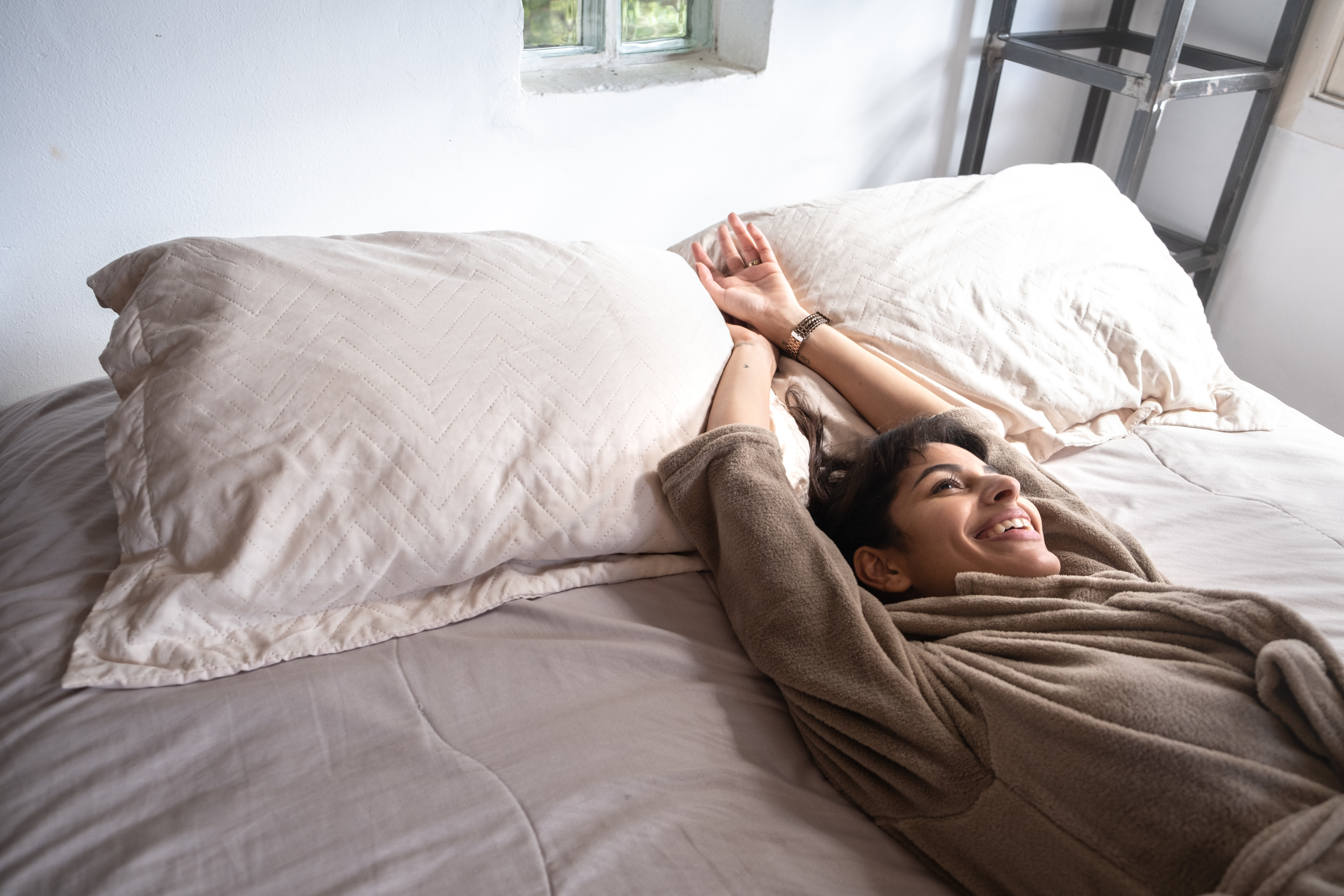A dinosaur doctor is about to operate on a poorly cat. The required surgery is some general prodding. The cat recovers, but must dash, because she’s going to a party (obviously). As I watch my friend’s six-year-old play, I wonder if it would be unethical to invite her to our next meeting. Just imagine the creativity.
Somewhere along the line, adults forget how to play. Self-consciousness creeps in and getting lost in an imaginary world is not only uncomfortable, but impossible. Rediscovering childish play would do us the world of good though, says Jessica Shaw, director of PACT (Play, Act, Create, and Transform) Creative Training. Shaw has made made a career in teaching adults how to play.
“Play brings us into the present moment and enables us to connect with a sense of joy which lies within each of us,” she tells HuffPost UK.
“We know that these two things are crucial to our emotional wellbeing and a great place to approach our working day or personal lives. Playing also helps us feel a sense of connection to one another and develop skills and ideas.”
Research backs up playfulness being good for our wellbeing. A 2013 study by the University of Illinois found participants who rated themselves most highly on playful character traits – such as spontaneity and willing to ‘clown around’ – experienced lower levels of perceived stress. And another study from the University of Zurich found adult playfulness was associated with greater life satisfaction, and had a positive (albeit smaller) impact on physical fitness.
In recent years, there have been signs of adults trying to tap into an earlier, more playful time – the 2015 trend for adult colouring books, for example, or the 2017 crazy golf renaissance. More recently, jigsaw puzzles saw a lockdown boom and escape rooms – of which there are now over 50,000 worldwide – continue to be popular, venturing online when venues temporarily closed.
There’s nothing wrong with these forms of play, but there’s something they all have in common: rules, whether that’s lines to colour within or codes to crack.
Being playful cuts through the red tape of over-analysing our actions.Jessica Shaw, director of PACT Creative Training
As we get older and assume more responsibility, many of us find rule-free, care-free play more tricky, says Shaw. This stems from the idea that playing is something children do and “being serious” is what grown-ups do.
“There’s a lot in literature and even in the Bible (Corinthians) about the need to grow up and ‘put away childish things,’” she notes, adding that we’d ironically achieve more at work if we ignored this sentiment.
“Being playful cuts through the red tape of over-analysing our actions and ideas and working things through,” she says. “Play is a great leveller, and helps develop confidence, which can be applied to presentations and content creation. Best of all, it’s fun.”
So, how do you do it?
We’re not suggesting you raid the toy aisle. Instead, Shaw recommends a number of exercises you can do at home to get your playful juices flowing.
“Start with the idea of saying yes,” says Shaw. “This means, practise being kind and accepting of the ideas you come up with, without instantly dismissing them. Kindness to yourself is the first step of remembering how to play.”
With this in mind, grab a pen and a scrap of paper and close your eyes. Draw a random squiggle – don’t think about it too much, just draw – then open your eyes and have a good look at it. Turn it around until you see something in your squiggle that you could turn into a quick drawing.
“You don’t have to be good at art – I’m hopeless!” says Shaw. “Perhaps you
notice a mountain, or a face with a hat on – remember, you can’t get it wrong. Notice that if you try a few times it becomes easier to do without feeling worried about the end result or if it’s “good” – it’s fun, and a great way of gently loosening your inhibitions.”

Another exercise is to look around the room and write down the first three items that grab your attention. Then, give yourself three minutes to write a poem, quick story or a couple of sentences which include these three items.
“The more outlandish and silly your ideas are, the better – this is freeing your playfulness,” says Shaw. “Notice your confidence to try new ideas and how liberating it is to shake of the fear of getting this wrong.”
You can do these activities alone, or with friends, family or colleagues, sharing your results and chatting along the way. If you’re in a pair, Shaw also recommends trying the ‘Yes And’ game.
“One of you makes a silly suggestion – the sillier the better – e.g. “let’s go out and put ice cream on our heads”, the other must accept the idea “YES!” and add another, equally ridiculous suggestion,” she explains.
“Through this exaggerated silliness, we’re reminding the brain to accept ideas and let the imagination flow freely – this is a great one for the workplace for generating new ideas, content and confidence.”
So there you have it, go forth and get silly. If a year of following the rules isn’t the excuse you need, we don’t know what is.




